At a Glance
Quick Tips
- Have a current land ownership map or GPS showing ownership
- Scout before the season if you decide to backpack
- Some recent burns attract deer
- South part of unit open to elk hunting


The hunters' experiences and insights on Nine Mile, Utah, highlight significant challenges and considerations when planning a hunt in this unit. The area, impacted by drought, has seen a noticeable reduction in deer populations, particularly bucks, with steep, juniper-filled terrain complicating traditional hunting strategies. To increase success, hunters have suggested glassing from high points during feeding times and being prepared for high hunting pressure. Additionally, hunters are advised to consider timing their hunts closer to the rut period in early November for better chances with mature bucks. Regarding draw applications, mixed-residency groups face complexities, as the application's success is determined by the residency category with the lowest odds, making strategic application planning essential.
This 80-mile-long unit is mostly public land with a few private ranches. Growing numbers of deer can be found here along with a huge distribution of habitats.
One of Utah's better-known general season units, this unit is a fun hunt for hunters wanting to chase mule deer. Deer can be found throughout the unit in sporadic densities so hunters should be prepared to put in the work.
From desert flats that are mostly bare soil to massive pinyon/juniper forests and hundreds of square miles of rugged canyons and plateaus, impressive cliffs and rocky back country, this unit has variety. Bruin Point at 10,184 is the highest peak with some public land on the summit.
Several square miles of public land are reached by well-maintained public roads, but locked gates on private land block vehicle access to large, remote sections of public land in this unit more than any other unit in Utah. Private land makes walk-in access more difficult. Hunters must walk over 10 miles to reach some corners of this unit, such as the West Tavaputs Plateau and the canyons between the Green River and the ridges high above it. In Nine Mile, Argyle and adjacent canyons, private land along public roads prevents hunters from accessing public land at higher elevations. If there’s one unit where a hunter needs a GPS showing land ownership to expand the area he can hunt, this is it.
Low elevations have desert grasses and shrubs with willows and the invading tamarisk along creeks and rivers. Middle elevations have foothills covered with pinyon, juniper, sagebrush, mountain mahogany and intermittent oak brush with grassy ridges. High elevations consist of aspens, firs and spruces on and below long, flat ridges and high mountain peaks with lots of grassy and brushy openings that grow prime deer feed, such as bitterbrush and sagebrush with cliffrose growing in steep, rocky areas.
Several hunters camp along public roads, but others find lodging in towns such as Duchesne, Price and Green River. Some of the best areas to hunt mature bucks are so remote that a hunter must stay in a backpack camp. Camping is restricted in lower Range Creek, a main canyon running south off Bruin Point into the Green River. Hunters need a daily access permit.
Roughly 2,561 square miles
70% public land
Elevations from 4,070-10,184 feet
Four-wheel-drive recommended
ATVs can be used on several roads
Big private ranches
Hikers can access much public land blocked by private roads